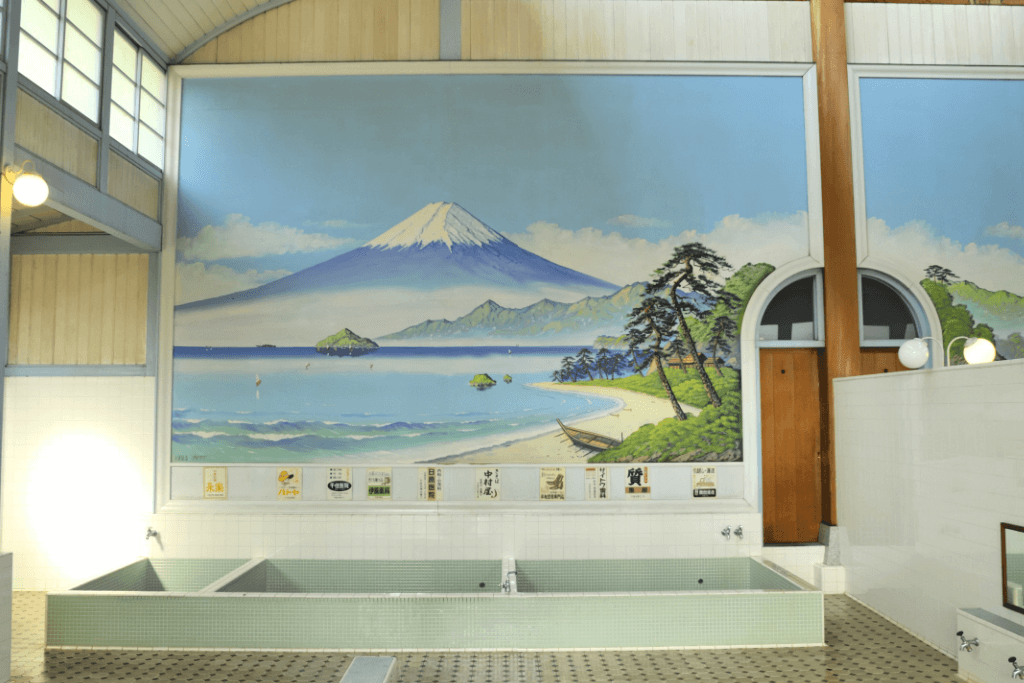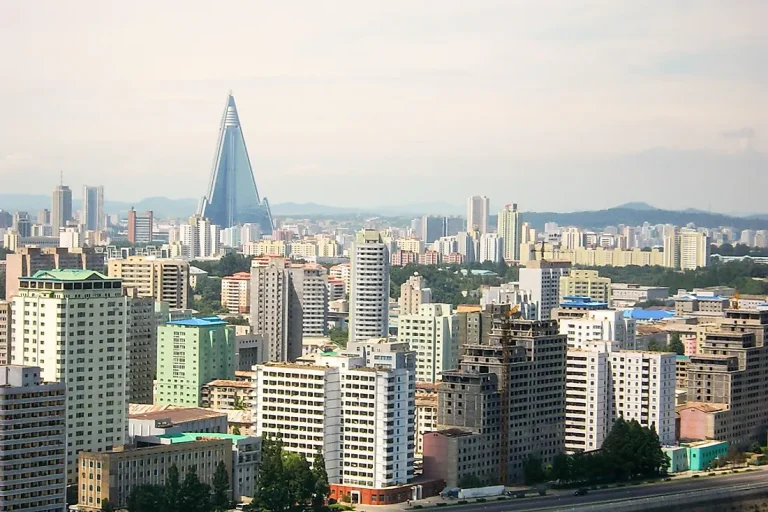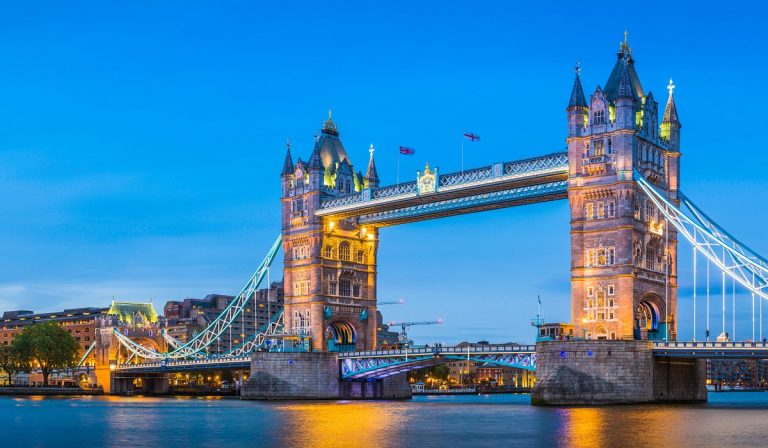If you’ve ever dreamt of soaking in steamy water surrounded by mountains or beneath the stars, welcome to the world of the bathhouse Japanese, or santo and onsen. Deeply rooted in tradition and wellness, Japanese bathhouses are more than a place to get clean—they’re a cultural ritual, social hub, and a healing experience.
Whether you’re visiting Japan or simply curious about its bathing traditions, this guide will walk you through everything you need to know about bathhouses in Japan—from their origins to etiquette and where to experience them.
What Is a Bathhouse Japanese?
A Japanese bathhouse, traditionally called a sento, is a public facility where people bathe in large communal tubs after washing themselves. While onsen (hot springs) are naturally heated by geothermal activity, sento uses heated tap water.
Both offer a similar communal bathing experience, but onsen are known for their mineral-rich waters and scenic settings, often located in mountainous or rural areas.
A Brief History of Bathhouses in Japan
- 6th Century: Bathing rituals were influenced by Buddhist practices, emphasizing purification.
- Edo Period (1603–1868): Communal bath houses flourished in urban centers.
- Post-War Japan: Bathhouses became essential in densely populated cities where private baths were rare.
- Modern Day: With modern homes having private baths, bathhouses now offer relaxation, nostalgia, and cultural preservation.
Types of Japanese Bathhouses
- Sento (銭湯)
Public bathhouses using regular heated water. Common in cities, often inexpensive (~¥460 or $3). - Onsen (温泉)
Natural hot spring bathhouses with therapeutic minerals. Found across Japan, especially in volcanic regions. - Super Sento
Larger, modern bathhouse complexes with various baths, saunas, massage services, and food courts. - Ryokan Bathhouses
Traditional Japanese inns offer private or shared onsen as part of the lodging experience.
Japanese Bathhouse Etiquette: What You Need to Know
Wash Before Entering the Bath
- Shower and clean yourself thoroughly at the provided washing station.
No Swimwear Allowed
- All bathing is done nude. Modesty towels are allowed but shouldn’t touch the bathwater.
Tattoos May Be Restricted
- Due to historical associations with the yakuza, tattoos may not be allowed in some bathhouses. However, this is changing—some now permit tattoos or offer cover-up stickers.
No Diving, Splashing, or Loud Talking
- Maintain a calm and respectful demeanor.
Don’t Put Towels in the Water
- Keep your small towel on your head or outside the bath.
Hair Up, Please
- Long hair should be tied to avoid contaminating the water.
Top Japanese Cities for Bathhouse Experiences
Tokyo
- Explore historic sento like Jakotsuyu in Asakusa or modern super sento like Thermae-Yu in Shinjuku.
Kyoto
- Try local favorites like Funaoka Onsen, blending traditional wooden architecture with modern baths.
Osaka
- Visit Spa World, a mega complex offering international-themed baths and saunas.
Beppu
- One of Japan’s most famous onsen towns, boasting over 2,000 hot springs.
Hakone
- Close to Tokyo, this area is filled with luxury ryokan and scenic mountain baths.
Health Benefits of Japanese Bathhouses
Soaking in bathhouses, especially in mineral-rich onsen, provides numerous health benefits:
- Improved circulation
- Muscle relaxation and pain relief
- Stress reduction
- Detoxification
- Better sleep quality
Certain onsen waters are believed to help with skin conditions, joint pain, and even fatigue.
What to Bring to a Japanese Bathhouse
- Small towel (for modesty, not for drying)
- Large towel (for drying off after bathing)
- Change of clothes
- Hair tie (if you have long hair)
- Coins (some lockers and vending machines require them)
Note: Many bath houses rent or sell towels and toiletries if you forget to bring your own.
Insider Tips for First-Time Visitors
- Go during off-peak hours (mornings or weekdays) for a more relaxing experience.
- Super sento are perfect for travelers wanting multiple bath types in one place.
- Some ryokan offer private baths for those uncomfortable with communal bathing.
- Use Google Maps or local recommendations to find bathhouses open to tourists.
Conclusion
Exploring a Japanese bathhouse is more than a relaxing soak—it’s a cultural experience, wellness ritual, and local tradition rolled into one. Whether you’re slipping into a steamy sento in Tokyo or a mountain-side onsen in Hakone, you’re in for a soothing slice of Japanese life.
So, towel in hand and etiquette in mind, get ready to unwind the Japanese way. Your body—and your travel spirit—will thank you.
FAQs
1. What is the difference between sento and onsen?
Sento are public bathhouses using heated tap water, while onsen use natural hot spring water with minerals.
2. Can tourists with tattoos visit Japanese bathhouses?
Some bathhouses still restrict tattoos, but many modern facilities allow them or offer cover-up options.
3. Do I have to be naked in a Japanese bathhouse?
Yes, bathing is traditionally done nude. However, privacy options like private onsen or tattoo-friendly places exist.
4. Are Japanese bathhouses sanitary?
Absolutely. Bathers are required to wash thoroughly before entering, and bathhouses are kept meticulously clean.
5. Is it okay to bring a friend of the opposite gender?
Generally, bathing areas are gender-separated. Some onsen offer private or family baths where mixed-gender bathing is allowed.
Also read: Amazon Forest Trip: 9 Fascinating Myths and Legends of the Rainforest




Leave a Comment